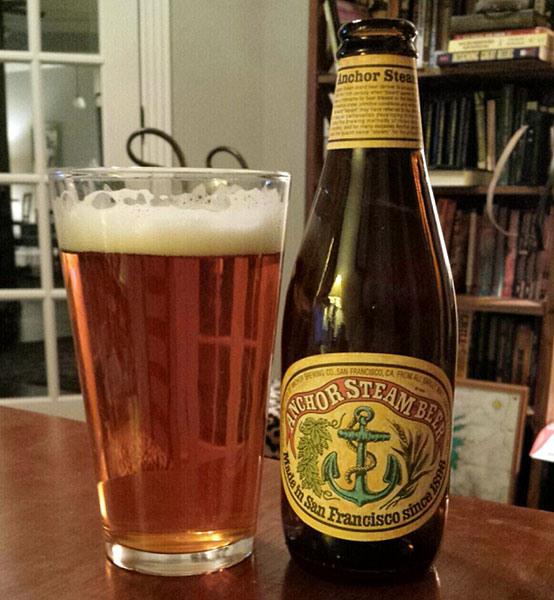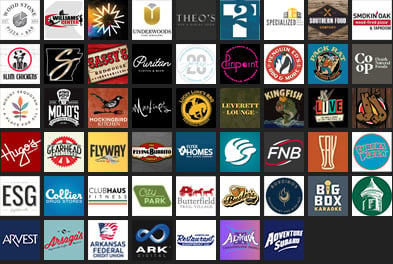Prohibition really screwed things up for Americans. Prior to 1920 – when alcohol was officially banned by Congress – there were hundreds of breweries scattered across the United States. Drinking locally-produced beer was the norm. The public had access to stouts, porters, pale ales, and bocks. Freshness and choice ruled the day.
All those neighborhood breweries were but a distant memory by the time the 21st Amendment was ratified in 1933 (and beer taps were free to flow again). The U.S. brewing industry would become dominated by the big brewers – such as Anheiser-Busch and Miller. Light lager became the predominant beer style available to consumers.
Slowly but surely local beer found its niche again. A few small brewers were intent on offering the American beer drinker an alternative to mass-produced pale lager. One of those – Anchor Brewing in San Francisco – continued to brew its signature “Steam” beer.
Steam is one of only a few styles created in the United States. Most styles can trace their lineage to European countries such as Germany, Belgium, England, or Ireland. Steam is 100% American. Generically referred to as “California Common” due to Anchor’s trademark on the word “Steam,” the style is essentially a malty lager fermented at temperatures slightly warmer than most lagers. There are several different stories regarding the origin of the name “Steam,” but perhaps the most widely-accepted version involves the steam generated by the rooftop fermenters of the time.
Though the beer was delicious, competing with the mega-brewers proved difficult for Anchor. The brewery was in danger of financial collapse as late as 1965. That’s when Fritz Maytag purchased a 51% stake and began the process of rebuilding the Anchor brand. He is largely credited – along with Jack McCauliffe of short-lived New Albion Brewing and Sierra Nevada’s Ken Grossman – with launching the modern craft brewing movement.
Today Anchor Brewing is one of the most successful craft brewers in the world. Several of its offerings are considered classic examples of style – including Liberty Ale (IPA), Old Foghorn (Barleywine), and the appropriately named Anchor Porter. But there is no beer that represents the brewery better than Anchor Steam. Steam is Anchor, and Anchor is Steam.
Steam is a copper-colored beer that can be found in most U.S. markets. It is offered in many Fayetteville restaurants and bars, including Herman’s Ribhouse and Hugo’s. I never visit Hugo’s without ordering an Anchor Steam – and more times than not – a Derek’s Special. Steam is relatively dry as opposed to sweet, but the caramel malts still have a presence. The beer is medium-bodied with a “from the earth” personality. By this I mean the barley grain shines from beginning to end. The bitterness is sharp but not overdone. The lager yeast creates a clean beer, but the warmer fermentation provides a touch of fruitiness in the flavor profile. Overall this is a crisp beer with a ton of personality. At just under 5% ABV it’s also a beer that can be consumed in quantity. It won’t leave you feeling bloated and overdone like many of the super-hopped, high ABV beers on the market today.
Thank goodness for Fritz Maytag. Without his foresight Americans may have been doomed to endless supplies of fizzy yellow lagers. Because of Mr. Maytag and his craft brewing brethren we have choices. In terms of beer, choices are always good. Cheers!
Brian Sorensen
Brian is an admitted beer geek, occasional home brewer, and member of the Fayetteville Lovers of Pure Suds (FLOPS). You can follow him on Twitter at @EBSorensen.


